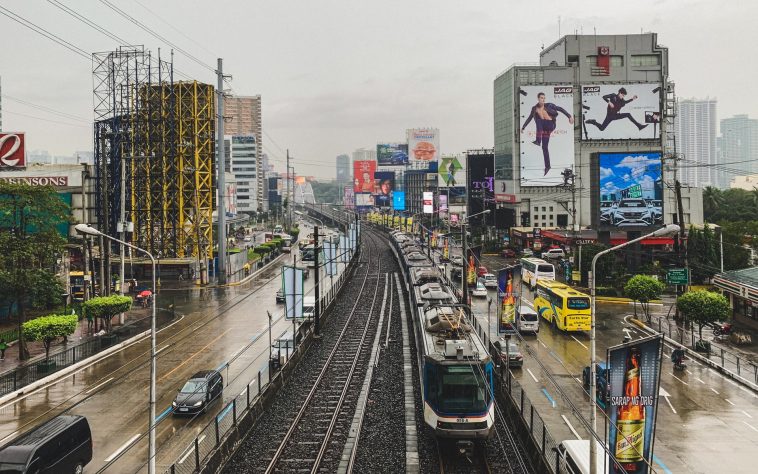Following the release of guidelines for hotels and restaurants in the new normal, the Department of Tourism released another set of guidelines for land transportation services last June 10. These guidelines cover all kinds of land transportation, be it private or public, effective immediately, given the easing of quarantine restrictions in the Philippines.
Read on to learn all you need to know in terms of transpo.
TRANSPORT OPERATORS & DRIVERS
- All drivers and transpo service providers must undergo a temperature check before going on duty. Employees exhibiting flu-like symptoms are not permitted to report to work.
- Employees and drivers are required to don personal protective equipment (to be provided by transport operators) while on duty. These include face masks and gloves. They must also carry health safety items including 70% solution alcohol/ hand sanitizers, tissue paper, and disinfectants.
- Drivers must wear closed shoes during his/ her shift.
- Drivers must ensure limited physical contact with passengers.
- Drivers are required to do frequent handwashing, or at least use 70% solution alcohol frequently.
- Drivers must submit an itinerary/ trip tickets upon completion of each trip.
- Apart from an annual health checkup for employees, transport operators are required to disseminate safety information and a health bulletin in accessible areas.
- Garage and other working areas must be disinfected and kept pristine at all times.
PASSENGERS
- All passengers are required to wear masks at all times. Those without masks will not be accommodated inside vehicles.
- Passengers who show flu-like symptoms must be immediately brought to the nearest healthcare facility.
- Social distancing, as set by the LTFRB and DOTR, must be observed at all times.
- For cars and sedan vehicles, only two passengers are allowed at the back row, seated one seat apart. Passengers are not permitted to sit beside the driver.
- For vans, each row must only accommodate two passengers, seated one seat apart. Only one passenger is allowed to sit on the passenger’s seat, making sure to be a seat apart from the driver. There should be a waterproof transparent divider between the driver and passengers.
- Buses and coasters can only accommodate 50 percent of its total capacity. Passengers must be a seat apart. Likewise, there must bea waterproof transparent divider between the driver and passengers.
- Standing passengers are not permitted.
- Passengers are required to provide their name, address, and contact details for contact tracing. The data must be kept confidential.
- Cashless payments are advised.
INSIDE VEHICLES
- All vehicles must be thoroughly disinfected before and after use, with emphasis on oft-used surfaces.
- Vehicles must have clear markings on seats to guide passengers on social distancing.
- Non-permeable barriers between seats may be installed.
- There must be safety guidelines and policies posted inside vehicles for passenger reference. These should include an emergency directory.
- All vehicles must be equipped with a thermometer gun, disinfectants (70% solution alcohol and tissue paper), and first-aid kits for passenger use.
- Vehicles must be well-ventilated. Air conditioning must be set to non-recirculated mode.
- Vehicles must be furnished with a trash bin for passenger items, including PPE, tissues/ wipes, facemasks, and gloves. Trash bags are to be emptied properly once the destination is reached.
You can view the DOT Guidelines for Land Transportation here.




